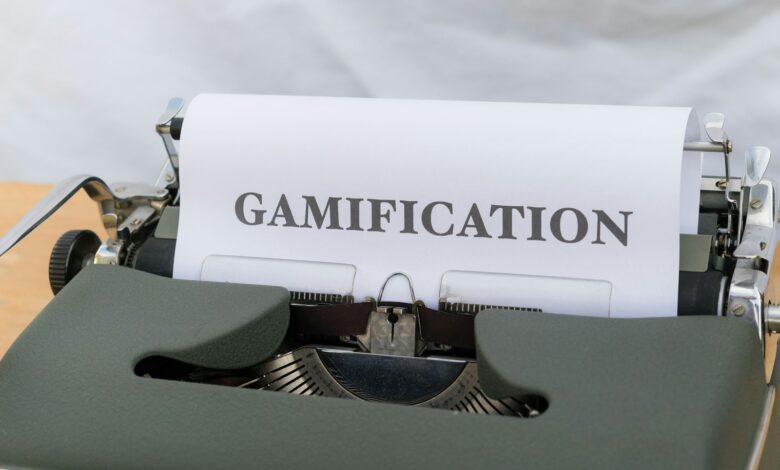
Introduction:
Learning should be engaging—but engagement doesn’t mean entertainment alone. Gamification is the strategic use of game elements in non-game contexts, like education, to boost motivation, participation, and depth of learning. It’s not about turning everything into a game, but about using game dynamics to create more meaningful, goal-oriented experiences that sustain learner interest and encourage progression.
Why Gamification Works:
Gamification taps into intrinsic motivators like curiosity, achievement, and mastery. It also leverages extrinsic motivators—points, badges, rewards—to build momentum. When learners see progress visualized, feel challenged appropriately, and receive feedback, they engage more deeply and persist longer.
Common Game Elements Used in Education:
- Points: For completing tasks or showing improvement.
- Badges: For mastering skills or milestones.
- Leaderboards: To spark competition or track achievement.
- Levels or Quests: Breaking content into progressive challenges.
- Avatars or Roles: For personalization and identity in learning.
- Storylines: Narrative-driven learning paths with missions and outcomes.
Designing Gamified Experiences:
- Start with Learning Outcomes:
Begin with what you want learners to achieve—not what game you want to use. The goal is to enhance learning, not distract from it. - Match Mechanics to Goals:
- Want learners to collaborate? Introduce team quests.
- Want them to practice consistently? Add a streak tracker or daily challenge.
- Want to boost autonomy? Let learners choose their next “mission.”
- Balance Competition and Cooperation:
Competition motivates some learners, but discourages others. Mix cooperative goals—like unlocking a class reward—with individual achievements. - Provide Immediate Feedback:
Games are powerful because players always know where they stand. Use progress bars, feedback rubrics, or quick quizzes to mirror this. - Let Learners See Their Growth:
Digital portfolios, badge walls, or level trackers make progress visible. Visual reinforcement strengthens a sense of accomplishment.
Gamification Tools and Platforms:
- Classcraft and Kahoot! for classroom-based gamification.
- Duolingo-style streaks for language or skill-based learning.
- Trello with badges or point trackers for project management and task completion.
Pitfalls to Avoid:
- Over-gamification: Too many game elements can feel gimmicky or overwhelming.
- Emphasizing points over purpose: Learners might focus on rewards instead of understanding.
- Ignoring accessibility: Ensure all learners can participate regardless of device or ability.
Gamification Beyond the Classroom:
Gamification isn’t limited to K–12 or traditional classrooms. It’s used in corporate training, online courses, and leadership development. By gamifying learning journeys, organizations build engagement across all ages and professions.
Conclusion:
Gamification is more than fun—it’s functional. When applied thoughtfully, it increases motivation, supports mastery, and builds an experience that learners want to return to. Educators who harness its power help learners turn goals into games—and games into growth.




